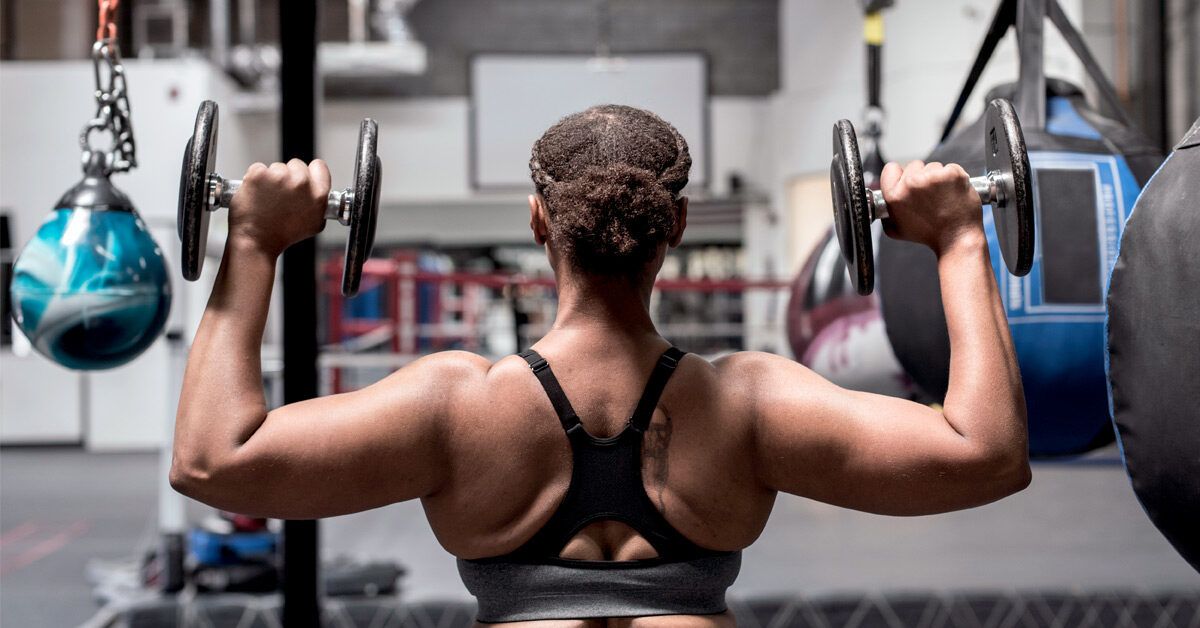the_nextDavidLaid
I will rearrange Gio Scotti's guts.
- Joined
- Jan 31, 2023
- Posts
- 2,639
- Reputation
- 1,777
Only right answer from the mogger himself: Dolph Lundgrenmogger high effort thread, but scientifically backed lifting is useless in the grand scheme of things.
my greatest gains have always come when i said fuck you to any sort of programming and periodization and just went off of what I felt needed to be done, this has to be developed with experience though so i think the best way is to just ask the biggest person in your gym and then overtime tweak the things that work for you and what dont
obviously some big guys at gyms are retarded and give completely wrong info that won't be optimal but theres no need to worry about all this shit when you start or even later because it will make beginners not put enough emphasis on the fact that intensity will trump anything else in this guide








